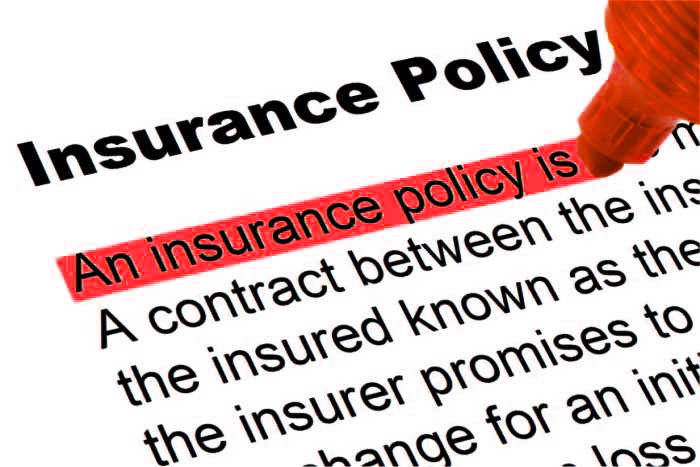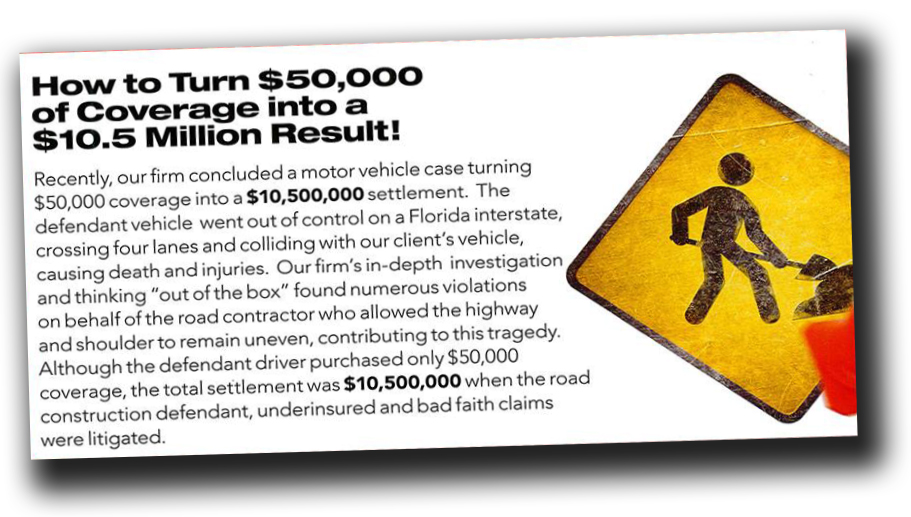Banks. Cell phone service providers. Social networking sites. Insurance companies. Nursing homes.
What do they have in common?
They all attempt to rob you, their customer, of your day in court. And, usually, they succeed.
Forced arbitration is the cancer of the American justice system. Accompanying—indeed accelerating— the national decline in civil jury trials is the appearance of arbitration clauses in contracts, particularly consumer contracts. These clauses eliminate your right to have your case decided in a court of law, by a jury of your peers; limit the information you can discover to help win your case; and, in many cases, greatly reduce the amount of damages you can ultimately recover against the company you are suing. When an arbitration clause is enforced, your case skips court altogether, going instead to an arbitrator or a panel of arbitrators. This tribunal acts as judge, jury, and —often for plaintiffs’ claims— executioner.
In short, you should avoid arbitration clauses whenever possible. Should you brush up against one, you’ll need experienced legal counsel to protect your rights.




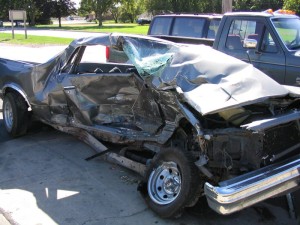 Suppose you are injured in an automobile collision caused by a negligent driver. You then go to a duly-licensed physician for medical care. You certainly trust your physician and her dedication to the well-being of her patients. Ultimately, your physician provides treatment and even surgery. Down the road of litigation, the negligent driver’s attorney claims that the surgery you underwent was medically unnecessary or unreasonable. Assuming this treatment was “unreasonable,” should you be on the hook to pay for it? Is it your fault if your physician provided unnecessary treatment by mistake or for financial gain? Of course not!
Suppose you are injured in an automobile collision caused by a negligent driver. You then go to a duly-licensed physician for medical care. You certainly trust your physician and her dedication to the well-being of her patients. Ultimately, your physician provides treatment and even surgery. Down the road of litigation, the negligent driver’s attorney claims that the surgery you underwent was medically unnecessary or unreasonable. Assuming this treatment was “unreasonable,” should you be on the hook to pay for it? Is it your fault if your physician provided unnecessary treatment by mistake or for financial gain? Of course not!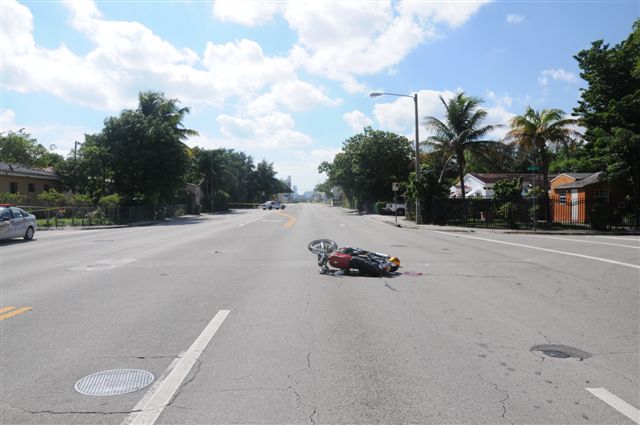

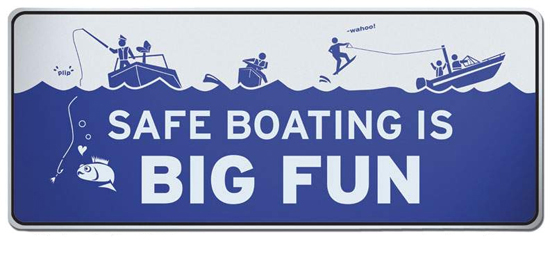 Our law firm has represented many individuals who were permanently injured in boating accidents. We have also represented the families of individuals who tragically lost their lives while boating. Regrettably, we have often seen that many of these accidents could have been prevented if simple boating safety provisions were obeyed.
Our law firm has represented many individuals who were permanently injured in boating accidents. We have also represented the families of individuals who tragically lost their lives while boating. Regrettably, we have often seen that many of these accidents could have been prevented if simple boating safety provisions were obeyed.